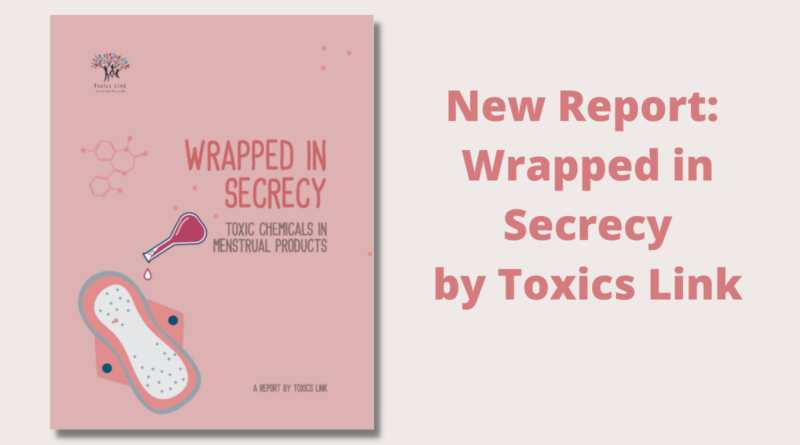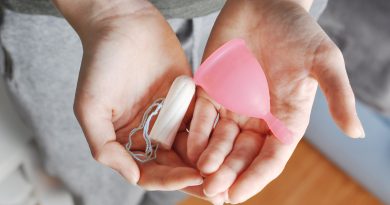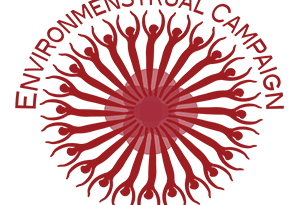New Report: Toxic Chemicals in Menstrual Products in India
Wrapped in Secrecy: Toxic Chemicals in Menstrual Products,” the latest report released by Toxics Link discusses the presence of toxic chemicals, primarily, Phthalates and VOCs, in organic and inorganic sanitary pads, sold in the Indian market. The study tested most of the major brands of sanitary pads, including organic and inorganic, available in the country, and detected these chemicals that can cause skin irritation, allergic reactions and can be endocrine disruptors for users. The report reveals new information on contaminants found in sanitary pads that can also cause cancer and release microplastic particles into the environment.
The study conducted this year tested ten brands of pads and found traces of Phthalates and VOCs in all the samples. 12 different types of phthalates (DIBP, DBP, DINP, DIDP, DMP, DEP, BBP, DNOP, DEHP, DHP, DIPP, DPP) were found. The highest concentration of Phthalates detected in the test sanitary pads was 19460 µg/kg of DIDP in one of the tested organic pads. Phthalates have been linked to various health issues, including endocrine disruption, effects on the heart and reproductive systems, diabetes, some cancers, and congenital disabilities.
A total of 24 different VOCs was found in both organic and inorganic samples. Some of the VOCs detected were xylene, benzene, chloroform, trichloroethylene, among others which can increase the risk of brain impairment, asthma, disabilities, certain cancers, and the proper functioning of the reproductive system.
In 2021, the Indian sanitary pad market was valued around US$ 618.4 million. The industry is set to witness a steady expansion, with various start-ups providing affordable sanitary pads, including biodegradable and organic alternatives. Presently, disposable sanitary pads are the most prevalent menstrual products used in India. But the safety of sanitary pads has been under discussion globally as studies have found concentrations of hazardous chemicals in them. The chemical exposure through pads can be more dangerous as the skin around this area is highly permeable with higher absorption rate as compared to the skin.



